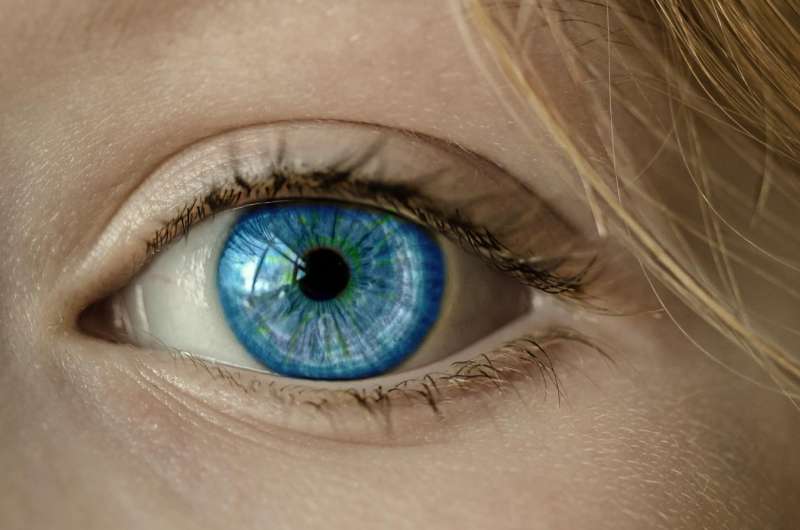Scientists grow eye cells to fix corneas

A Stanford University research team has created a potentially powerful new way to fix damaged corneas—a major source of vision problems and blindness.
Millions of new eye cells are being grown in a Palo Alto lab, enlisting one of medicine's most important and promising new tools: refurbishing diseased and damaged tissue with healthy new cells.
"One of the exciting possibilities of this cellular approach is that one donor cornea," which contributes a few parent cells, "can generate enough cells to treat tens or hundreds of patients," said lead researcher Dr. Jeffrey Goldberg, professor and chairman of the Department of Ophthalmology at the Stanford School of Medicine.
About 100,000 corneal transplants are done annually in the United States - but they require surgery with donated corneas from cadavers. The procedure fails nearly a third of the time, and there aren't enough high-quality donor corneas to go around.
Other scientists have been trying to grow full corneas from scratch, attaching a fragile film of cells to a membrane. That's a challenging bioengineering problem.
Stanford's innovative strategy, eight years in the making, is to grow individual cells instead. The team then harvests a few "mother" corneal cells, called progenitor cells, donated from a cadaver.
Those cells are then put into a warm broth in petri dishes, where they give birth to many new corneal cells.
The Stanford team enlisted a recent technological advance: magnetic nanoparticles. The particles are very small, measuring only 50 nanometers in diameter. In comparison, a human hair is 75,000 nanometers in diameter.
The new cells were magnetized with the nanoparticles, loaded into a syringe and injected into the eye. Then, using an electromagnetic force on a patch held outside of the eye, the team pulled the cells into the middle of the eye, to the back of cornea. Later, the magnetic nanoparticles fell off the cells, exited the eye and were excreted in the patients' urine.
Ultimately, Goldberg said, the team hopes to mass produce "off-the-shelf" cells that can be easily transplanted into patients with severe damage to the cornea, the transparent outer coating of the eye that covers the iris and pupil.
In the first trial of 11 patients, a so-called Phase 1 trial, the team studied only safety. Not only was the procedure safe, but "we are seeing hints of efficacy that we are very excited about," Goldberg said. "We're cautiously optimistic."
The Stanford team plans to expand the study in September to Phase 2 to measure how the vision of the patients improves.
The approach is part of an expanding field of lab-grown cell therapies. Sheets of healthy skin are used to treat burns, chronic skin wounds and diseases like epidermolysis bullosa, which causes incurable blistering. And "bioengineered" cartilage is increasingly used to treat certain knee injuries.
Stanford researchers believe that lab-grown corneal cells could become another important type of regenerative medicine.
Unlike other transplants, corneas in the Stanford team's approach don't have to be a perfect "match." Rejection can be prevented with topical eyedrops.
While relatively few people in the United States suffer diseases or injuries that cause devastating cornea damage, the numbers are much greater in developing nations, where infectious eye diseases remain common.
The new approach could offer a nonsurgical permanent solution in those countries, Goldberg said.
"Half the world has no access to tissue," he said. "I would love this to be 'one and done,' solving patients' problems for decades."
©2017 The Mercury News (San Jose, Calif.)
Distributed by Tribune Content Agency, LLC.


















